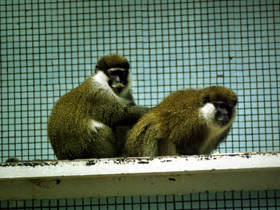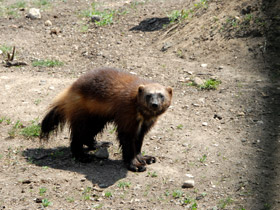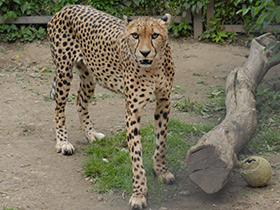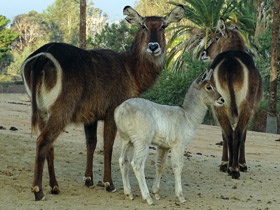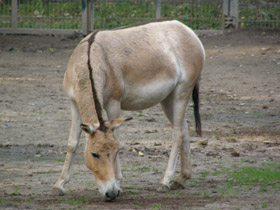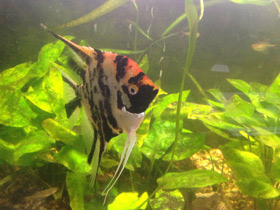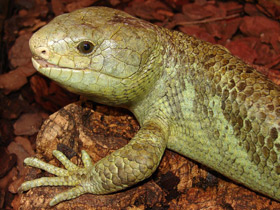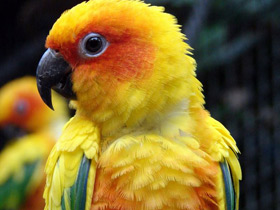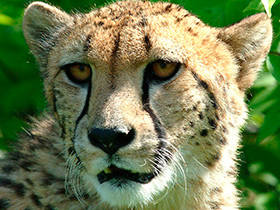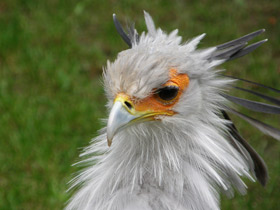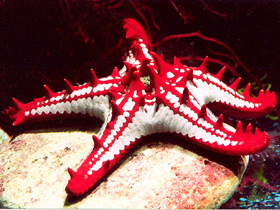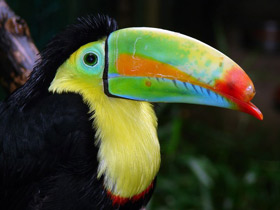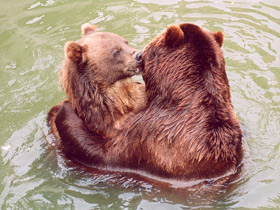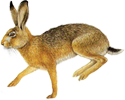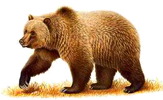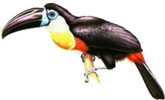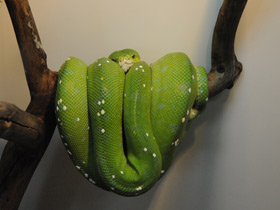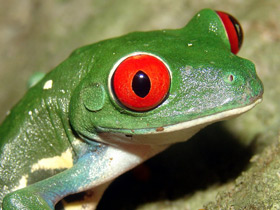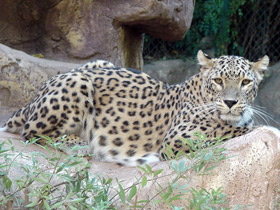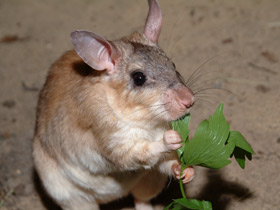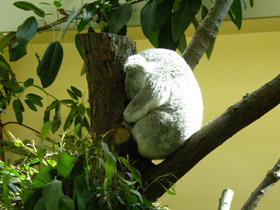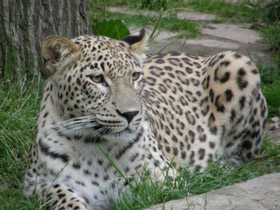The Bale Mountains vervet or the Bale monkey (Chlorocebus djamdjamensis)
The Bale Mountains vervet monkey (Chlorocebus djamdjamensis) is an Old World ground monkey endemic to Ethiopia, found in the bamboo forests of the Bale Mountains. All species of Chlorocebus formerly belonged to the genus Cercopithecus. It is one of the least known primates in Africa. They avoid woodland and scrub as their habitat. These monkeys mainly reside in the bamboo forest (Odubullu forest) of the Bale Mountains due to their dietary specialisation on bamboo, but it is likely that other factors such as climate, forest history, soil quality and disease influence their choice of habitat in this area. The Bale mountain vervet has a very calm demeanour and tends to flee when it encounters humans. It is also known as Bale's monkey.
Taxonomy
Bale's monkey is a member of the genus Chlorocebus, along with six sister species. All members of Chlorocebus were formerly considered part of Cercopithecus; Bale's monkey was formerly known as Cercopithecus djamdjamamensis. It was originally described as a subspecies of the grivet (Chlorocebus aethiops).
A 2018 study found that populations of Barbillian monkeys living in fragmented forests were genetically distinct from populations in continuous forests. This is due to hybridisation of fragmented forest populations with the grivet (Chlorocebus aethiops) and vervet monkey (Chlorocebus pygerythrus). Bale's monkey does not currently cohabit with either of these monkeys in the wild, so it is proposed that this hybridisation occurred more than a century ago.
Distribution
Chlorocebus djamdjamensis is a species of catarrhine primate belonging to the family Cercopithecidae. Chlorocebus djamdjamensis is one of six species in the genus of green monkeys. Formerly considered a subspecies of Grievetus, it was designated as a separate species in 2005.
Chlorocebus djamdjamensis is distributed in the highlands of Ethiopia, east of the Great Rift Valley, at altitudes between 2,400 and 3,000 metres above sea level. Its range is highly fragmented, so the species is included in the IUCN Red List with the status of "vulnerable".
Behaviour
Chlorocebus djamdjamensis is a diurnal animal living in large groups of up to 50 animals. The number of males and females per group is approximately equal. Each group defends its territory. It has developed a communication system using gestures and sounds.
Nutrition
Chlorocebus djamdjamensis are omnivorous. Their diet includes fruits, seeds, flowers, tree sap, invertebrates, eggs, lizards and small birds. In most areas, plant foods occupy the majority of the diet.
Conservation status
The Bale monkey is currently rated vulnerable by the IUCN Red List and is listed on Appendix II of CITES. The main threats to the species are habitat loss and hunting. They could be threatened by hybridization with the grivet and the vervet monkey in the future.
The monkey feeds on bamboo and may thus be threatened by deforestation. Encroaching human populations have nearly extirpated the Bale monkey from the Sidamo Highlands. The monkey is persecuted for crop raiding and hunted by local people. It is protected in parts of its range by the Bale Mountains National Park; the proposed Harena-Kokosa National Forest Reserve would protect some populations.









